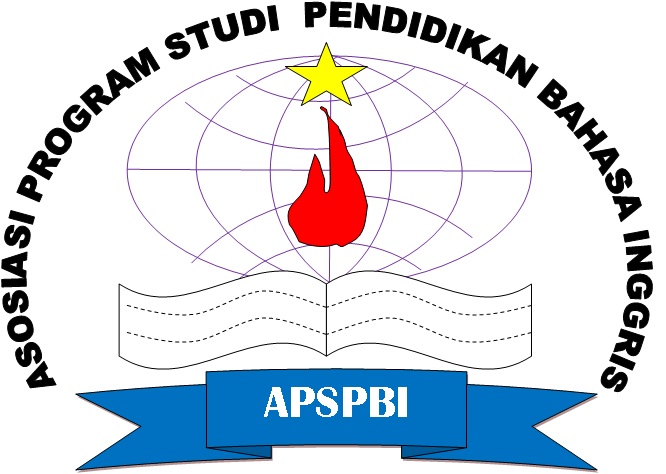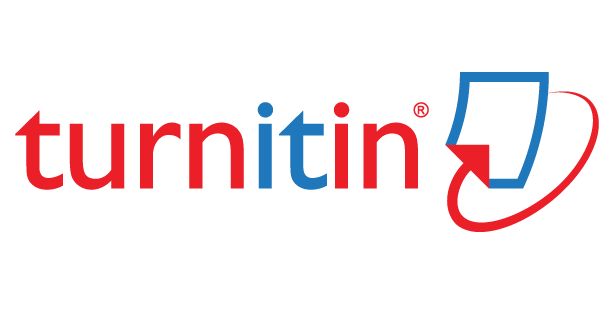Human Representation on Environmental Speech in Terms of Transitivity Process
DOI:
https://doi.org/10.21460/saga.2022.31.117Keywords:
ecological discourse analysis, ecolinguistics, transitivity, representation, climate changeAbstract
The role of activists in raising humankind’s awareness regarding environmental or ecological issues or phenomenon has gained so much attention since it is spread and told in many different ways. One of them is taken by sharing the idea through speech and statements that are being spoken before the world leaders, politicians, and any other occasions. This study focuses on the speech of an environmental activist regarding climate change, Greta Thunberg. The analysis was conducted on the transitivity analysis, i.e. the distribution of experiential meaning on the speech that was presented at the United Nations Conference of the Parties on Climate Change, 2018. The result shows: 1) the distribution of material process is the dominant one (41,8%), followed by relational process (19,4%), mental process (17,9%), verbal process (14,9%), behavioral process (3%), and existential process (3%); 2) through the process distribution, human beings seem to have their big roles in causing the climate change, but at the same time they are the ones who can prevent it. Therefore, the speech is regarded as beneficial discourse based on Stibbe’s ecolinguistics standard. This type of discourse has to be promoted in order to raise ecological awareness in society.
References
Adeleke, M. L., & Omoboyeje, V. O. (2016). Effects of climate change on aquaculture production and management in Akure Metropolis, Ondo State, Nigeri. Academia Journal of Agricultural Research, 4(6), 319–325. https://doi.org/10.15413/ajar.2016.0113
Dryzek, J. S., Norgaard, R. B., & Schlosberg, D. (2012). The Oxford handbook of climate change and society. In J. S. Dryzek, R. B. Norgaard, & D. Schlosberg (Eds.), The Oxford Handbook of Climate Change and Society (pp. 1–736). Oxford University Press. https://doi.org/10.1093/oxfordhb/9780199566600.001.0001
Eggins, S. (2004). An introduction to systemic functional linguistics 2nd edition (2nd ed.). Continuum International Publishing Group.
Emilia, E. (2014). Introducing functional grammar. Pustaka Jaya.
Fairclough, N. (1992). Critical language awareness. Longman.
Fairclough, N. (2001). Language and power (2nd ed.). Pearson Education.
Fairclough, N. (2014). Critical language awareness. In Critical language awareness (1st Edition). Taylor and Francis. https://doi.org/10.4324/9781315845661
Fernández-Vázquez, J. S., & Sancho-Rodríguez, Á. (2020). Critical discourse analysis of climate change in IBEX 35 companies. Technological Forecasting and Social Change, 157, 120063. https://doi.org/10.1016/j.techfore.2020.120063
Fløttum, K. (2014). Linguistic mediation of climate change discourse. ASp La Revue Du GERAS, (65), 7–20. https://doi.org/10.4000/asp.4182
Fløttum, K., & Gjerstad, Ø. (2017). Narratives in climate change discourse. In Wiley Interdisciplinary Reviews: Climate Change (Vol. 8, Issue 1). Wiley-Blackwell. https://doi.org/10.1002/wcc.429
Goatly, A. (2000). Critical reading and writing in the digital age: an introductory coursebook. Routledge.
Gong, H., & Liu, L. (2018). Ecological Discourse Analysis of an UN Environmental Story in Terms of Transitivity Process. Advances in Language and Literary Studies, 9(3), 67. https://doi.org/10.7575/aiac.alls.v.9n.3p.67
Haig, E. (2012). A Critical Discourse Analysis and Systemic Functional Linguistics Approach to Measuring Participant Power in a Radio News Bulletin about Youth Crime. Studies in Media and Society, 4, 45–73. https://doi.org/DOI:10.18999/STUMS.4.45
Halliday, M. A. K., & Matthiessen, C. M. I. M. (1999). Construing Experience Through Meaning: a language-based approach to cognition (Vol. 1). Continuum.
Halliday, M. A. K., & Matthiessen, C. M. I. M. (2014). Halliday’s introduction to functional grammar: Fourth edition. Routledge.
Hulme, M. (2013). Exploring climate change through science and in society: an anthology of Mike Hulme’s essays, interviews and speeches (1st ed.). Routledge. https://doi.org/https://doi.org/10.4324/9780203070079
IPCC. (2018). Special Reports The Sixth Assessment cycle. Retrieved on October 31st, 2020, from https://www.ipcc.ch/assessment-report/ar6/
Jung, J., Petkanic, P., Nan, D., & Kim, J. H. (2020). When a Girl Awakened the World: A User and Social Message Analysis of Greta Thunberg. Sustainability, 12(7), 2707. https://doi.org/10.3390/su12072707
Murray, S. (2020). Framing a climate crisis A descriptive framing analysis of how Greta Thunberg inspired the masses to take to the streets. Uppsala University.
Nasar, N., Ramzan, A., Tufail, S., Qasim, S., & Hussain, Z. (2020). COVID-19 Advertorials Accentuating Fright and Xenophobia in Ecosystem: An Eco-linguistic Approach to SFL. Linguistic Forum-A Journal of Linguistics, 2(3), 7–14. www.linguisticforum.com
Nerlich, B., & Koteyko, N. (2009). Carbon Reduction Activism in the UK: Lexical Creativity and Lexical Framing in the Context of Climate Change. Environmental Communication, 3(2), 206–223. https://doi.org/10.1080/17524030902928793
Sedlaczek, A. S. (2016). Representation of Climate Change in Documentary Television. Integrating an Ecolinguistic and Ecosemiotic Perspective into a Multimodal Critical Discourse. Language and Ecology. Available at http://ecolinguistics-association.org/articles/4593204474
Song, J., & Tang, M. (2020). Ecological Discourse Analysis from the Perspective of Systemic Functional Linguistics. In 5th International Conference on Education Science and Development (ICESD 2020).
Stibbe, A. (2005). Counter-discourses and the relationship between humans and other animals. Anthrozoos: A Multidisciplinary Journal of the Interactions of People Counter-discourses and the relationship between humans and other animals. Taylor & Francis, 18(1), 3–17. https://doi.org/10.2752/089279305785594289
Stibbe, A. (2007). Haiku and beyond: Language, ecology, and reconnection with the natural world. Anthrozoos, 20(2), 101–112. https://doi.org/10.2752/175303707X207891
Stibbe, A. (2015). Ecolinguistics: Language, ecology and the stories we live by (1st ed.). Routledge.
Stibbe, A. (2020). Ecolinguistics: Language, ecology and the stories we live by (2nd ed.). Routledge.
Thompson, G. (2013). Introducing functional grammar. Routledge.
Trampe, W. (2001). Language and Ecological Crisis: Extracts from a Dictionary of Industrial Agriculture. In A. Fill & P. Muhlhausler (Eds.), The ecolingustics reader: language, ecology and environment (pp. 232–240). Continuum.
Trampe, W. (2017). Euphemisms for Killing Animals and for Other Forms of Their Use. In A. Fill & H. Penz (Eds.), The Routledge Handbook of Ecolinguistics (1st ed., pp. 325–341). Routledge. https://doi.org/10.4324/9781315687391-22
Vavilov, E.-M. (2019). Lessons about Activism from a Swedish High School Student: A Rhetorical Analysis of Greta Thunberg’s Public Speeches on Climate Change. Unpublished magistrate thesis. Jönköping University. Available at https://www.diva-portal.org/smash/get/diva2:1353725/FULLTEXT01.pdf
Wang, H., Zhai, R., & Zhao, X. (2019). Analysis of the UN Secretary-general’s Remarks on Climate Change: From the View of Ecolinguistics. Journal of Language Teaching and Research, 10(4), 851–857. https://doi.org/10.17507/jltr.1004.24
Zhang, Y. (2017). Transitivity Analysis of Hillary Clinton’s and Donald Trump’s First Television Debate. International Journal of Applied Linguistics and English Literature, 6(7), 65–72. https://doi.org/10.7575/aiac.ijalel.v.6n.7p.65
















